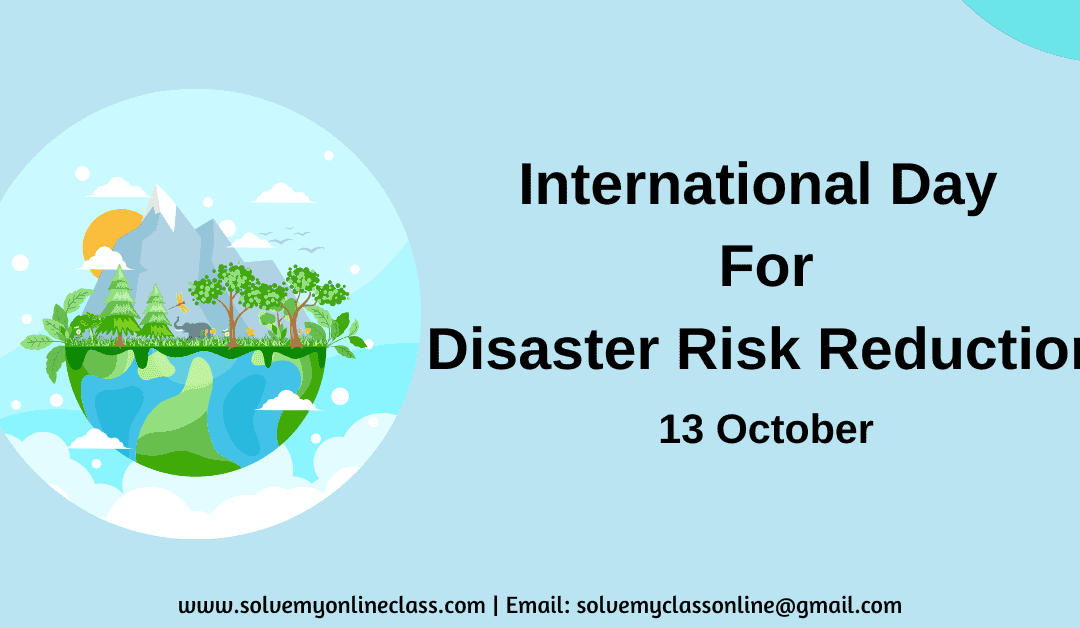- The UNGA (United Nations General Assembly) started the International Day for Disaster Reduction in 1989 to promote a day for a global culture of disaster management and risk awareness. It is celebrated every October 13 to observe how people reduce exposure to disaster and raise awareness on living their lives at risk.
- It is a moment to recognize the progress made in reducing and preventing disaster risk, loss of livelihood, and basic infrastructure with the international agreement for reducing risks and losses.
Focus
- This day focuses on Target G of the Sendai Framework to increase the access and availability of early hazardous warning to the people before any disasters happen to reduce the risks to lives and livelihood.
- This framework was reinforced in March 2022 by the announcement by UN Secretary-General – Antonio Guterres that “the United Nations will come forward to take action so that the early warning system protects every person on Earth within five years.
- The Sendai Framework’s fundamental principle is to avoid creating new and reduce existing risks. The authority should implement an early warning system to prevent the destruction of assets and livelihoods.
- The International Day For Disaster Reduction primarily focuses on driving governments, communities, and partners together to reduce the risk of disaster and losses to ensure a safer and sustainable future. Every person can access the early warning to prevent the loss of livelihood and assets.
Impact of Disaster Reduction
- On this day, Governments and communities make people aware of how to define the early signs of natural events like earthquakes, tsunamis, volcanic eruptions, typhoons, and tornadoes. Help people be mindful of what to do in these difficult times and ways to reduce the risk of natural calamities.
- Instituting events to raise awareness of the early signs of natural calamities. Engaging all the institutions to celebrate the awareness campaign, conducting essay writing competitions in schools and colleges, and encouraging institutions to participate and organize functions to make people aware of the scenarios of natural calamities and disasters and help them understand.
- We cannot stop natural disasters from occurring, but we take preventive measures to protect ourselves from disasters or calamities. So everyone must understand the early signs to take some steps to prevent ourselves and help others.
- In any disaster, people have to follow the guidelines for preventive measures. People should be aware of the disaster that can be harmful to the environment which is caused by humans, which we call Man-Made disasters –
- Deforestation for human settlement.
- Pollutions
- Burning fossil fuels, polluting the environment, and pushing ourselves open to health risks.
- The government should also have rehabilitation teams and camps so that after the disaster, people can shift to a safer place; people should be aware of how to get to the rehabilitation centers according to the guidelines provided by the government authority.
- The government or the authority should inform people about the signs that some natural calamities can occur so that people can prepare themselves. The government/authority should also prepare for disaster management to reduce the risks to public or private lives, livelihood, and assets.






